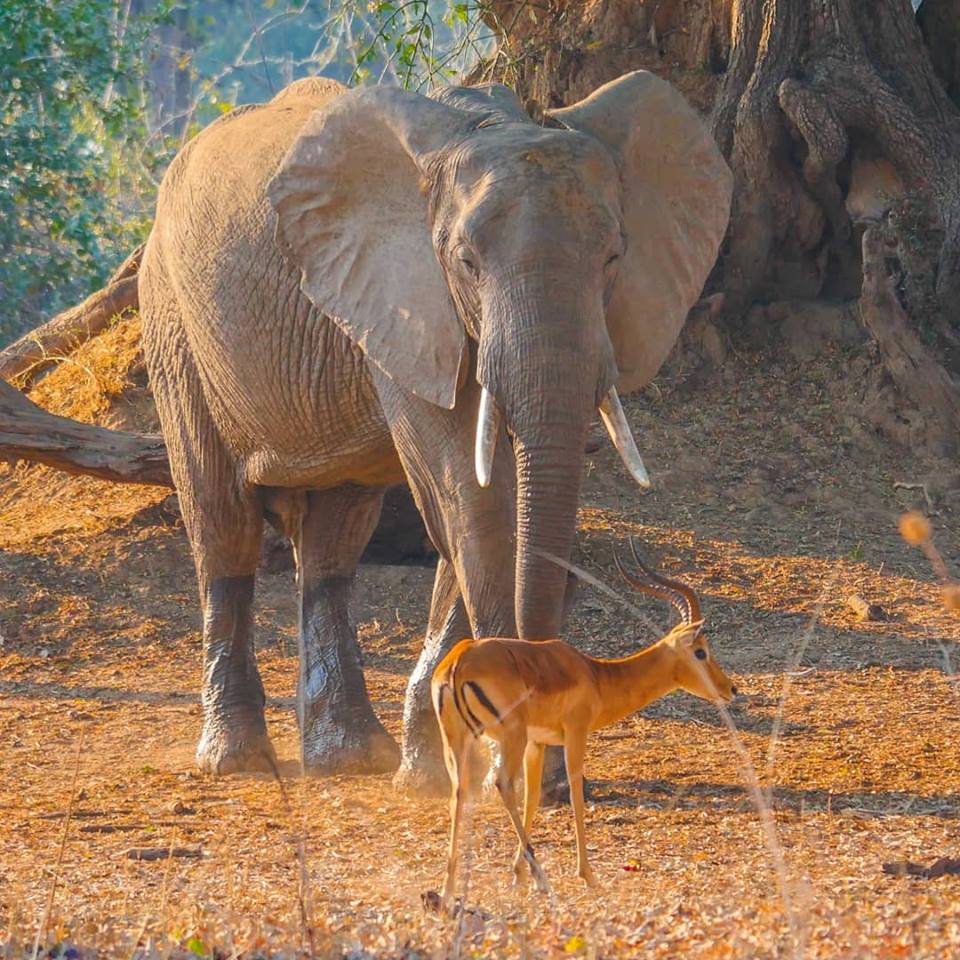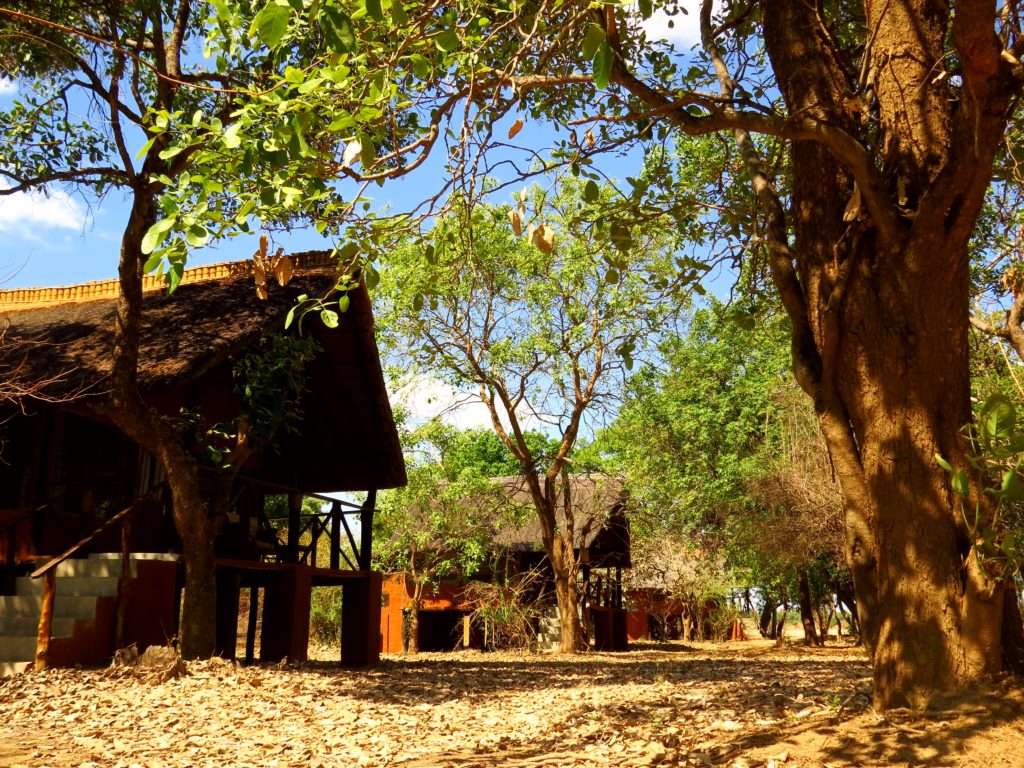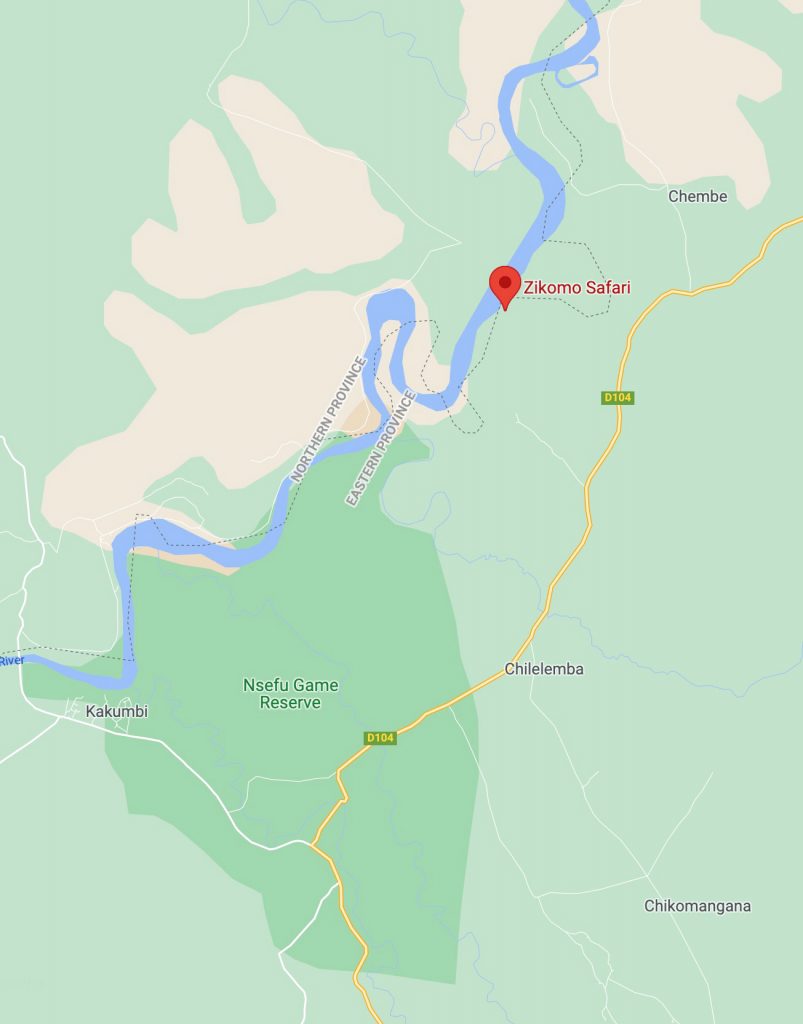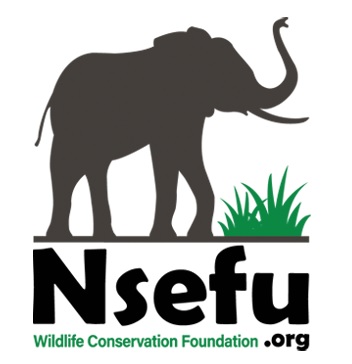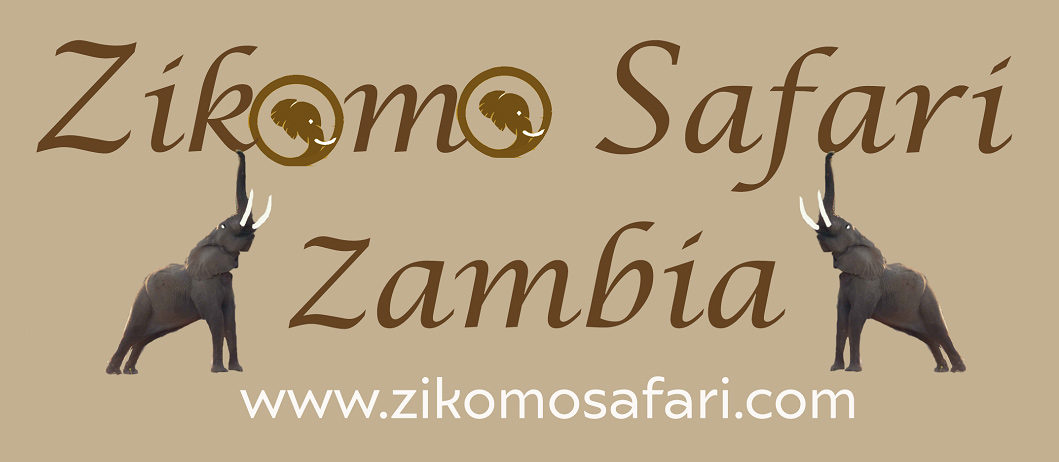The park spans two ecoregions, both of them woodland savannah, distinguished by the dominant tree: Southern Miombo woodlands cover the higher slopes of the valley, while Zambezian and Mopane woodlands cover the bottom of the valley. The Mopane tree tolerates the higher temperatures and lower rainfall found at lower elevations than miombo trees which are found on the higher plateau. Within these woodland savannahs are larger patches of grassland, so that grazers such as zebra and leaf browsers such as giraffe are found in profusion in the same areas. Patches of flooded grassland habitats (floodplains) are found close to the river, on which hippopotamus graze at night. Their dung released into the river fertilises its waters and sustains the fish population which in turn sustains the crocodiles.
The Luangwa valley, continued to the west by the Lunsemfwa River valley, contains some varieties of animals such as Cookson’s wildebeest and Crawshay’s zebra which are endemic or near-endemic to the valley. It also represents something of a natural barrier to human migration and transport, no roads cross it and this has helped conserve its wildlife.

